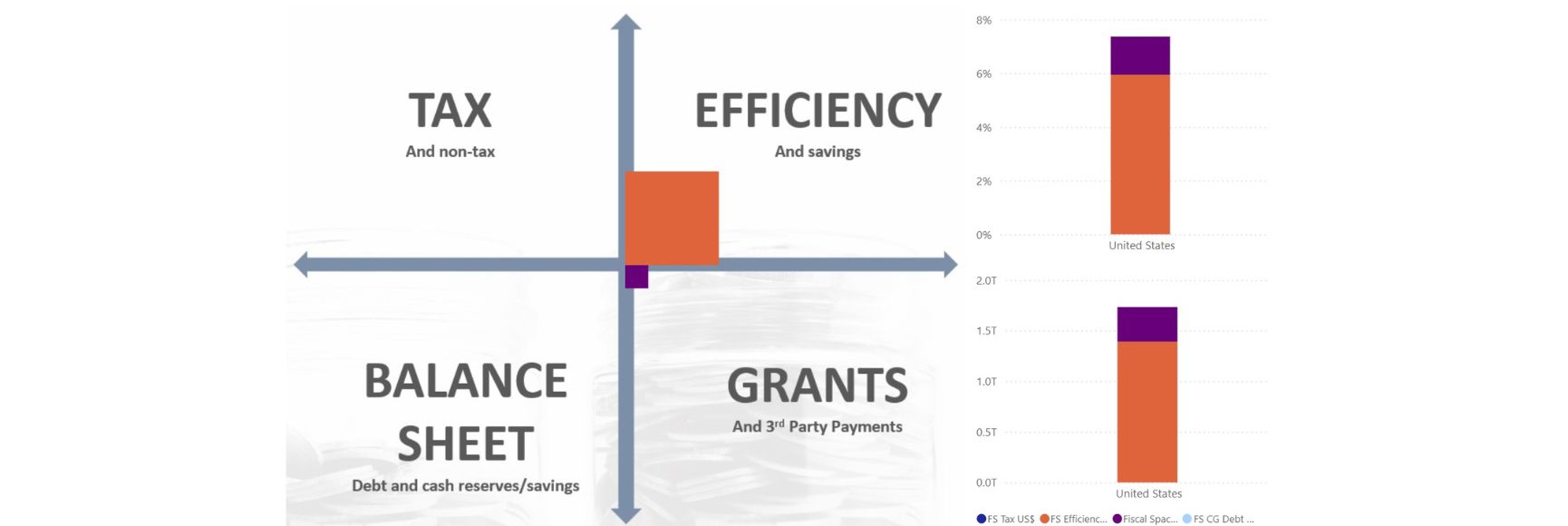Posted by Suzanne Flynn, Delphine Moretti, and Joe Cavanagh[1]
Last week the IMF published a new paper in its technical notes and manuals (TNM) series, a guide to “Implementing Accrual Accounting in the Public Sector” by Joe Cavanagh, Suzanne Flynn and Delphine Moretti (TNM 16/06). The technical note is available here.
Many countries have changed or are considering changing the basis of their financial accounts from cash to accruals. This TNM explains what accrual accounting (AA) means for the public sector and discusses current trends in moving from cash to accrual accounting. It outlines the factors that governments should consider in preparing for and sequencing the transition. The note recognizes that governments will have different starting points and objectives, and varying practices in preparing financial statements. Countries also vary considerably in the volume of stocks and flows, and the number of public sector entities, that are recorded outside the government accounts. These factors need to be considered when planning and sequencing the implementation of AA.
Building on international experiences, the note proposes four possible phases for progressively implementing AA in the public sector. It sets out policy and operational guidance for each of these phases, which may be summarized as follows:
- Phase zero. Cash accounting – accounting is on a cash basis with reporting of cash holdings and the debt position of budgetary central government in an elementary balance sheet, and supporting notes.
- Phase one. Elementary accrual accounting – trade, grant-related payables, and receivables are recognized on the balance sheet and coverage is expanded to central government.
- Phase two. Advanced accrual accounting – all financial assets and liabilities are recognized including equity investments, pension liabilities, PPPs and leases, and financial instruments. Coverage is expanded to general government.
- Phase three. Full accrual accounting – fixed assets, inventories, and tax receivables are recognized in the balance sheet, and depreciation and valuation changes in non-financial assets in the operating statement. Coverage is further expanded to the public sector.
There are a number of general lessons than can be gleaned from the experience of those countries that have implemented AA:
- First, the pace, scope, and sequencing of the transition from cash to accrual depends crucially on the desired objectives. Countries focusing on improving the management of government property, for example, may prioritize the recognition of fixed assets over the recognition of pension liabilities or more exotic financial instruments in government balance sheets. Countries wanting to enhance the surveillance of public enterprises may choose to consolidate these entities in financial statements before bringing in local governments.
- Second, implementing AA is about much more than adopting new standards. Standards set principles, but most of the challenges of AA reside in implementing these principles. This requires the collection of additional data, reforms to business processes, modernization of IT systems, and capacity building both within and outside of government.
- Third, it is important to preserve the benefits of cash and budgetary accounting even after completing the transition to AA. Adopting AA should not and does not imply an end to the reporting of “hard” data on government cash flows and reserves, or of presenting outturn data on the execution of the budget in a format comparable with the annual budget.
- Fourth, it is important to present an integrated set of financial data at each stage of the transition from cash to AA. This requires a one-to-one correspondence between the additional stocks being recognized in the government’s balance sheet and the additional flows being recorded in operating statements, thus enabling standard consistency checks and audit techniques to be applied. Countries should consider preparing “dry run” financial statements and having these audited throughout the transition to gain an overview of the integrity of the data being produced, and provide feedback on the problems that need to be addressed.
- Finally, implementing AA in the public sector takes a long time. Few countries have completed the transition in less than three years and many countries have taken more than ten years. Moreover, publishing the first set of accrual-based financial statements is not the end of the story. Countries continue to improve the quality, coverage, timeliness, and relevance of their financial data many years after publication of their first set of accrual accounts.
[1] Suzanne Flynn is a Senior Economist in the Public Financial Management 1 Division of FAD; Delphine Moretti is Senior Policy Analyst in the OECD’s Budgeting and Public Expenditure Division; and Joe Cavanagh is an FAD expert.
[2] In 2015, 41 governments accounted on a full accrual basis, a further 16 used modified accrual, 28 modified cash and 114 remained on a pure cash accounting basis.
Note: The posts on the IMF PFM Blog should not be reported as representing the views of the IMF. The views expressed are those of the authors and do not necessarily represent those of the IMF or IMF policy.






